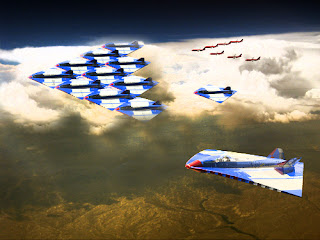Boeing 737 MAX Gets New Orders

Boeing easily beat rival Airbus in orders for new planes last month, but Chicago-based Boeing trailed its European rival in delivering planes to airline customers. Boeing said that it took orders for 31 planes in July while 17 others were canceled, resulting in a net gain of 14. That compared with two orders for Airbus. It was Boeing’s sixth straight month of positive net orders after seeing cancellations exceed orders for most of 2020. Boeing has reported 270 net orders so far in 2021. Brazil’s Gol ordered nine 737 Max jets last month and Dallas-based Southwest Airlines ordered six. Boeing delivered 28 planes in July, including nine 737 Max jets sent to Irish airline Ryanair. That fell short of Airbus, which delivered 47 planes last month. For the year, Boeing has delivered 184 planes, more than all of 2020. This despite the halt in shipping its 787 jet because of production flaws in the fuselage and nose. Last month, the company said it will cut production of 787s. Deliveries are cri
